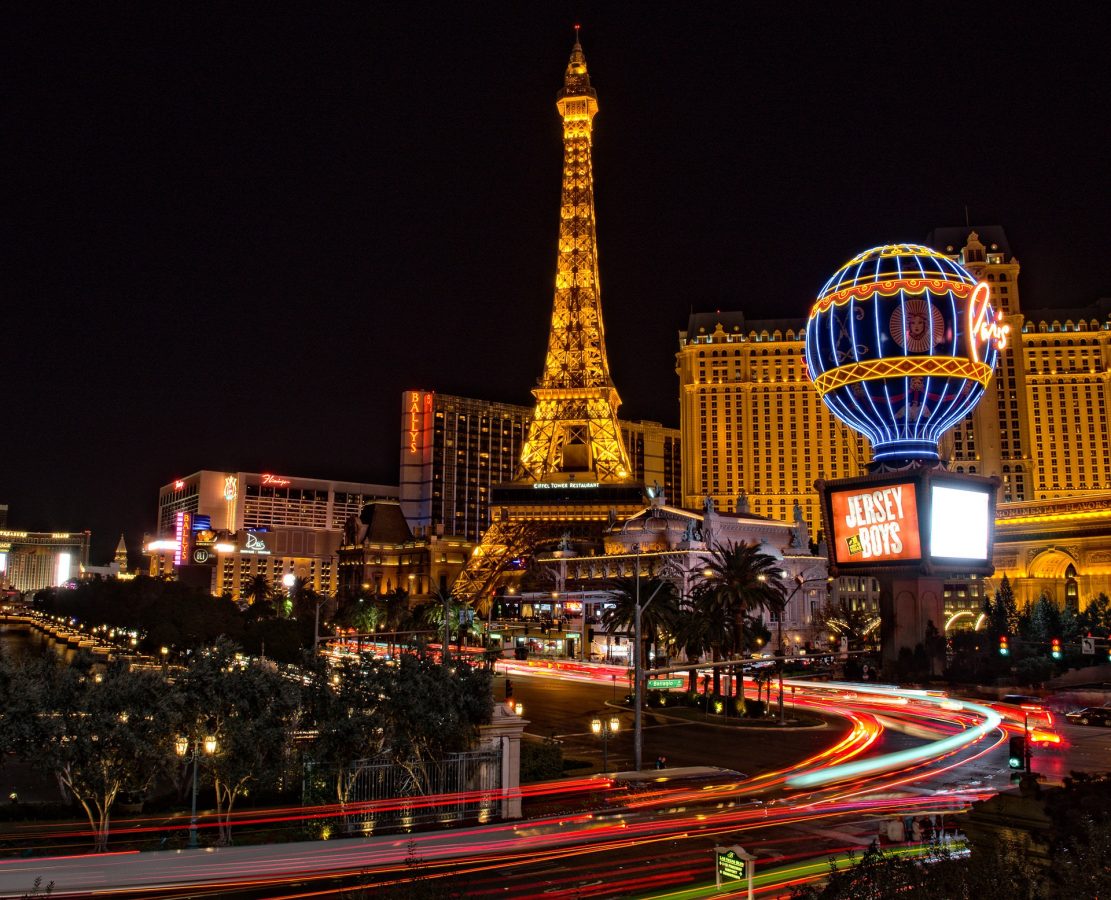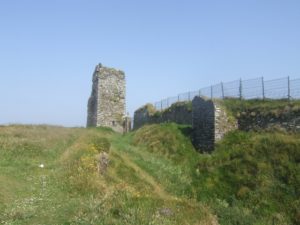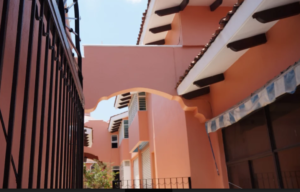From Mafia to Minivans – How Vegas has Evolved
Who knew that a land auction in 1905 would eventually pave the way for the bustling city known today as Sin City?
From Mafia to Minivans – How Vegas has Evolved
You might consider Las Vegas a desert, but it was actually the only place for 100 miles that offered water. Las Vegas means “The Meadows,” and it was called such by Spanish traders in the 1700s because the underground springs provided enough moisture to allow grass to grow in the area. This created a desert oasis the proved to be a fertile spot for the growth of a city.
From Humble Beginnings
On May 15, 1905, the railroad hosted a land auction. After that purchase, the town of Las Vegas was founded as 110 acres of land. It served as a conveniently located town along the newly completed railroad that linked Los Angelos, California and Salt Lake City, Utah. The railroad developed its own subdivision that is known as present-day downtown Vegas, which is what was sold in that 1905 auction. What is now known as Historic West Las Vegas was designed by J.T. McWilliams; he is credited with laying out streets on 80 acres of land close to Las Vegas Creek.
The two townships weren’t known to get along well, as they competed for proximity to a water source. McWilliams was an independent land surveyor originally from Canada, and the railroad didn’t take kindly to someone competing against them to develop the land.
Las Vegas, Incorporated
Despite the feuds between McWilliams and the railroad, in 1911, Las Vegas was incorporated, meaning it became a municipality. As an incorporated city, Las Vegas could have elected officials, who were allowed to start making decisions about the city, instead of conceding to the dictates of Clark County.
Organized Crime in Sin City
Jim Ferguson is known as the first organized crime boss to arrive in Las Vegas in 1924. He made himself at home amongst the illegal gambling, bootlegging, and prostitution running rampant in the city. He wanted to shake up the existing power structure in Vegas and got to work making a name for himself. His wife opened a brothel in the Red Light District and he operated a saloon in a block where it was still legal to sell alcohol. Despite stints in jail, he managed to come out on top as a kingpin in the bootlegging syndicate and had a good relationship with Las Vegas Mayor Fred Heese. Ferguson was also tight with Police Commissioner Roy Neagle and Police chief Spud Lake. With the law on his side, Ferguson was living large.
Gambling on Games and Relationships
“The Strip” in Clark County officially started in 1931 when the county was granted a temporary, three-month gambling license. Also in 1931, divorce laws made Vegas one of the most convenient places to dissolve a marriage. As a result, people would temporarily move to Vegas for six weeks so they could be eligible for a “quickie” divorce as opposed to a long, tediously drawn-out one. Another big event in 1931 was the beginning of construction on the Hoover Dam, which brought a lot of people to the city for work. By 1931, the population of Las Vegas had grown from 5,200 (1930) to 7,500.
People continued to flock to Las Vegas. The construction work, plus the legalization of gambling brought 100,000 visitors in 1932, followed by 265,000 to the dam in 1934 and 300,000 to the city itself.
Wings and Wagers
In 1941, the Las Vegas Army Air Field was built in the northeast (it’s now called Nellis Air Force Base). On Fremont Street, additional developments included the El Cortez hotel and casino, as well as the Last Frontier, Flamingo, and Thunderbird hotel-casinos.
The Flamingo was financed by the mob and was run by mobster Benjamin (Bugsy) Siegel for six months in 1947 until he was gunned down. Mafia money man Meyer Lansky is credited with helping organize the financing for this hotel-casino, and many others, in Las Vegas. Moe Dalitz, another mafia man who hailed from Cleveland, was known as a bootlegger and racketeer who helped for the Desert Inn. Dalitz would later go on to much greater things, so look for that below.
Glitter Gulch
The neon lights of Vegas today can be attributed to Glitter Gulch, so named in 1946. Thanks to the electricity generated by Hoover Dam, this area of the city (Fremont Street from Main Street to Third Street) was outfitted with neon lights on storefronts, in front of diners, and, of course, casinos. The abundance of glowing neon signs made Vegas appear to glitter all night, enticing gamblers to stay long past sundown.
In the 1950s more mobster-run casinos were opened on The Strip, a three-mile street in Vegas. The Sands, Dunes, Riviera, Tropicana, and Stardust were funded by millions of mob dollars. And although the mob was responsible for literally building up the city of Las Vegas, many found themselves on the List of Excluded Persons, aka The Black Book of Undesirables in the 1960s. People on the list were banned from casinos, and task forces were established to try to run the “Excluded Persons” out of the city entirely.
Dealing a New Hand
By 1966 Freemont Street and Strip hotels and casinos were facing remodels. Also, billionaire Howard Hughes bought up a lot of businesses in Vegas. Mob money continued to fund casinos such as Caesars Palace and Circus Circus, but Hughes’ investments were turning casinos from mob-run businesses to corporate-owned instead.
Continuing the attacks on organized crime, in 1969 The Racketeer Influenced and Corrupt Organizations Act (RICO) made it easier for corporations and the Justice Department to go after the mob and mob-owned casinos. Criminal families were investigated, exposing the underbelly of casino ownership. With law enforcement making stronger moves on the mob, they sprung into action to defend themselves.
1971 mobster Anthony Spiloro was sent to Las Vegas from Chicago to circumvent the Black Book and take over financial operations for someone on the List of Excluded Persons. There was no shortage of replacements in Vegas to do the work of Mafia members on The List.
A Diamond in the Rough
Not all mobsters, however, were only famous for their infamous acts. In 1976, known Mafia man Moe Dalitz received the Humanitarian of the Year Award from the American Cancer Research Center. In 1982, he was awarded the Torch of Liberty Award by the Anti-Defamation League of B’nai B’rith. He even set up a charitable remainder trust to be distributed after his death, leaving behind $1.3 million for various nonprofits in Las Vegas. Despite his beginnings in the mob, Dalitz used his connections to better the city of Las Vegas when he finished his Army service after World War II. He not only funded casinos, but the building of Sunrise Hospital, a golf course, and a shopping mall.
Mafia Mitigation
Finally, after years of effort, the feds were able to crack down on the mob’s stronghold in Vegas. Beginning in 1981 arrests were made by Vegas police, leading to the dismantling of some crime rings in casinos and other local businesses.
Revamping Downtown
Other changes in Vegas during the 1990s included Oscar Goodman becoming Mayor. Previously, he had worked as a criminal defense lawyer who often represented members of the Mafia. While he served as Mayor (for 12 years), he was always in favor of creating the National Museum of Organized Crime and Law Enforcement. Also known as The Mob Museum, it was eventually opened in 2012.
To continue offering enriching experiences in Las Vegas, the city transformed Fremont Street transformed into a pedestrian-only experience in 1995. In 2007, part of Vegas was revitalized with entertainment venues that didn’t focus on gambling.
Is Vegas a Good Place to Live?
You might wonder if, with its history of organized crime, Las Vegas is a good place to live. The stats speak for themselves; beginning in 1985, Las Vegas’ population increased annually by about 7%, doubling it over a ten-year period. People can’t seem to stay away from this desert oasis.
Family-Friendly Las Vegas Neighborhoods
Locals voted the following neighborhoods as their top choices for families with kids:
- Green Valley
- Summerlin
- Centennial Hills
The city is full of family-friendly activities such as playgrounds, disc golf courses, and water parks. The Discovery Children’s Museum is a big hit with families, as is the many youth sports leagues in the area.
More Reasons to Love Las Vegas
- No state income tax
- Low cost of living
- Good job market
- Entertainment – nightlife, golfing, professional and minor league sports, outdoor activities, museums, etc…
- 310 days of sunshine
- Abundance of master-planned communities
With its rich history and diverse opportunities, Las Vegas continues to be a great place to vacation and live.


 Follow
Follow





No Comment